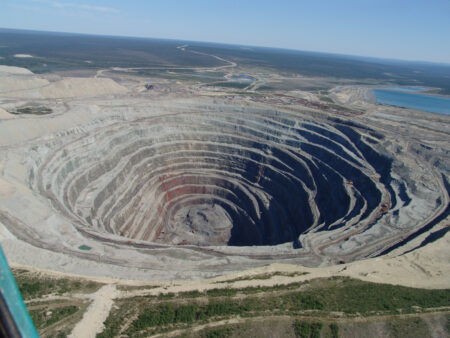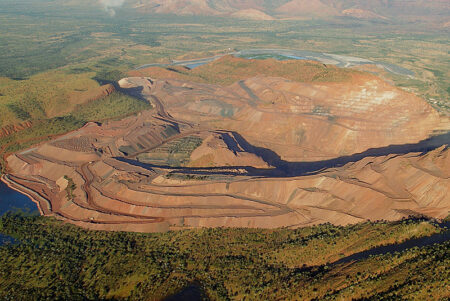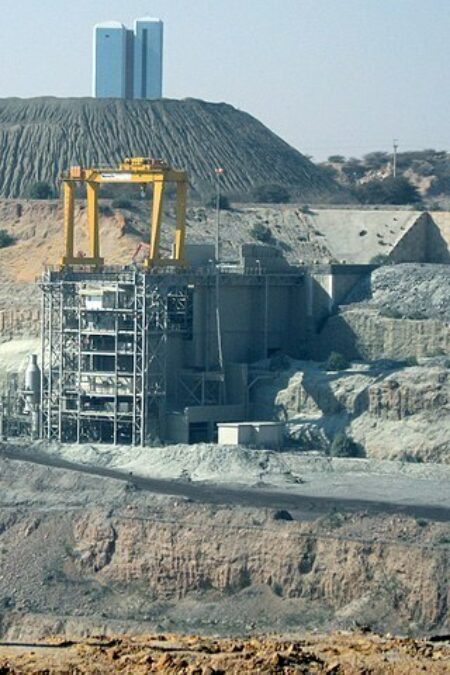You will undoubtedly have wondered at times: where do investment diamonds come from? BNT Diamonds buys its rough gemstones from the diamond polishers. They buy theirs straight from the mining companies. But where do they source their valuable goods from? We will take you along on a fascinating world trip, along some of the most important sites.
Before we set off: we have deliberately not organised the mines in any particular order. This is because opinion is divided as to which is actually the largest. But each of the diamond mines mentioned has regularly featured in the top 10 list over the past few years. So they definitely all deserve a place in our overview.
- Russia is one of the biggest diamond sites in the world. Approximately 80% of the global reserves come from the Republic of Sacha.
- Diamonds are mined in Australia too, for example in the Argyle mine. However, this mine is possibly soon closing its doors.
- In addition, there are many other mines on the African continent: in South Africa, with The Big Hole and Venetia and in Botswana with Jwaneng and Orapa.
- Many of the mines are slowly but surely getting depleted. Which is why companies like De Beers and ALROSA are committing huge investments in expansions. They are searching for and finding new diamond reserves together, for example in Canada.
An increasingly scarcer product, but a constantly growing demand? This is the perfect time to invest in diamonds. BNT Diamonds can provide you with top quality products at a competitive price, guaranteed conflict-free.





